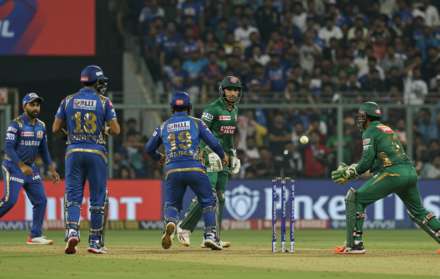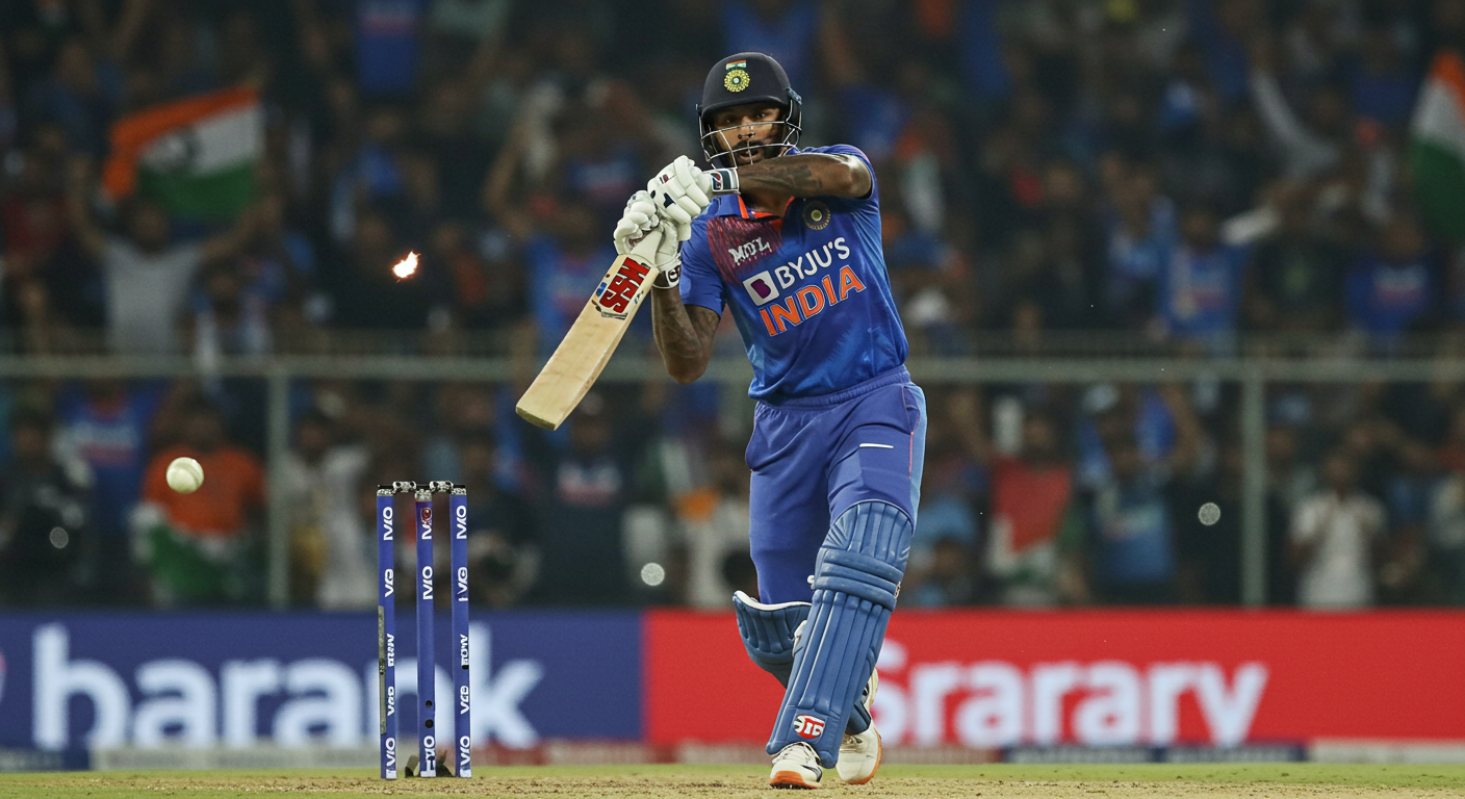
Hardik Pandya’s Evolution as India’s Most Explosive All-Rounder
Indian cricket has long struggled to produce a fast-bowling all-rounder who can consistently deliver in both departments. Hardik Pandya has changed that. With aggressive batting, sharp seam bowling, and athletic fielding, he offers a rare package that directly improves team balance in white-ball formats.
His inclusion gives India flexibility — adding depth to the batting line-up without weakening the bowling unit. Pandya’s ability to finish games, deliver short bowling spells, and field with intensity has made him indispensable in T20Is and ODIs. His impact isn’t just about numbers; it’s about timing — scoring runs and taking wickets when they matter most.
What makes Pandya stand out is how he has adapted over time. He’s matured tactically, refined his shot selection, managed his workload, and developed as a leader. From an unpolished IPL hitter to vice-captain and T20I leader, his evolution reflects both personal growth and a strategic understanding of modern cricket.
This article analyses how Hardik Pandya developed into India’s most impactful all-rounder of the current era — and why his role is central to India’s white-ball ambitions going forward.
Early Career: From IPL Power-Hitter to India Debut
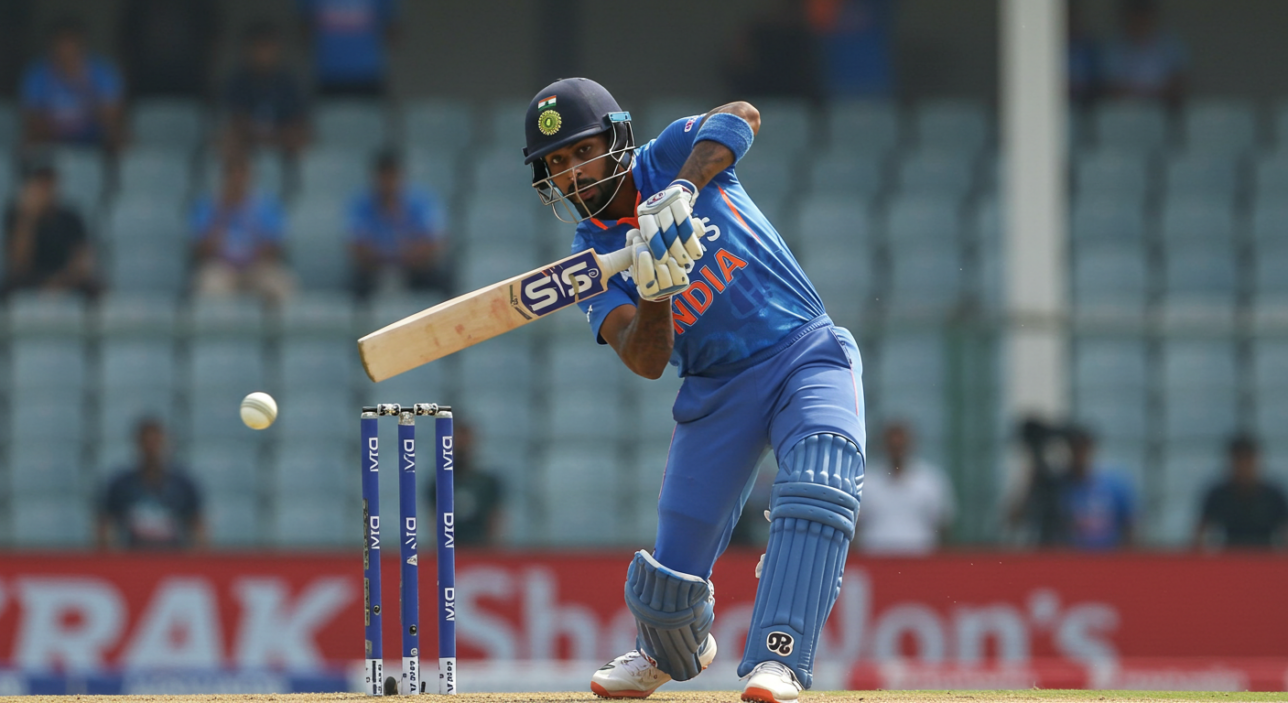
Hardik Pandya first gained attention through the IPL, where he debuted for Mumbai Indians in 2015. His role was clear — bat aggressively, finish innings with power, and offer energy in the field. Despite his limited domestic record, Mumbai backed his hitting ability, particularly against fast bowling.
His IPL performances quickly earned him a spot in India’s T20I squad in 2016, followed by an ODI debut later that year. Initially selected for his batting, he soon showed value with the ball. Though not yet a frontline bowler, Pandya’s pace hovered in the mid-130s, with a useful bouncer and a natural ability to extract bounce off good lengths.
His early performances were inconsistent but showed promise. He was raw but fearless, often willing to take on high-pressure situations with the bat. While he occasionally threw away starts, the intent was never in question.
By 2017, Pandya was being groomed as a utility player who could bat at No. 6 or 7 and provide 5–6 overs in limited-overs games. He wasn’t yet a complete all-rounder, but his dual-skill potential had become evident. What followed over the next few years was a clear effort — by Pandya and team management — to mould him into a more disciplined, versatile asset.
Match-Winner Status: Cementing His Role in White-Ball Cricket
Hardik Pandya’s breakthrough as a true all-rounder came in 2017. His performances in the Champions Trophy that year — particularly the 76 off 43 balls in the final against Pakistan — showed what he was capable of under pressure. Despite India’s loss, Pandya’s intent, shot selection, and fearlessness stood out.
From that point, he began to feature regularly in India’s playing XI in both ODIs and T20Is. His role became clearer: a lower-middle-order finisher who could absorb pressure and counterattack. With the ball, he was often used in short, tactical spells. He wasn’t the side’s lead seamer, but his overs were important — breaking partnerships or controlling the run rate.
Between 2017 and 2019, Pandya developed into a player who could win matches from unlikely situations. His ability to clear boundaries effortlessly made him a go-to option in death overs. His bowling, though not express pace, was backed by a strong understanding of conditions and match context.
Importantly, he improved his game awareness. Early-career recklessness gave way to more measured aggression. He became more selective with his shots, often waiting to target specific bowlers. This evolution turned him from a flashy all-rounder into a reliable match-finisher, and arguably India’s most valuable asset in the closing stages of white-ball games.
Bowling Adjustments and Injury Management
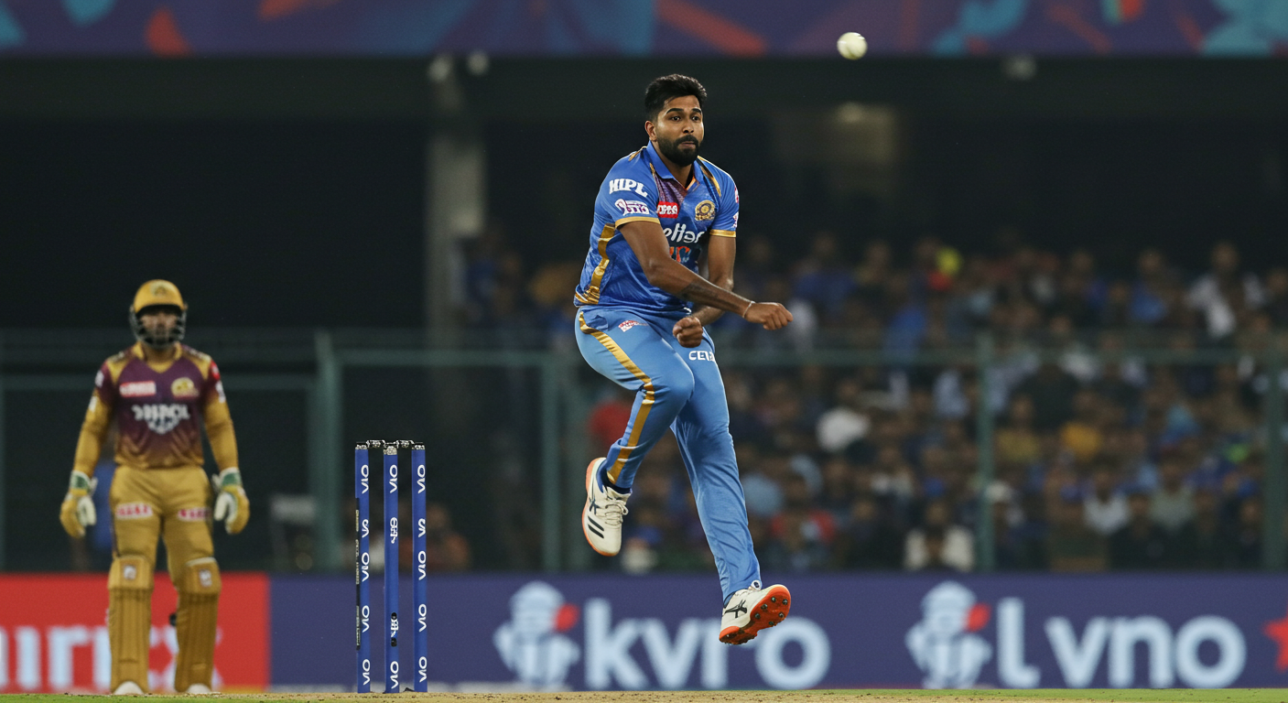
A key turning point in Pandya’s career came with injury setbacks, particularly his long-term lower back issues. These forced a reduction in his bowling workload and a period of reassessment. Rather than forcing a comeback, he chose to recover fully, working on strength and conditioning and adjusting his action to reduce physical strain.
During this period, there were concerns about his future as an all-rounder. For a time, he played as a specialist batter in T20Is and ODIs. While this limited India’s options, it also highlighted his value as a pure finisher — able to walk in during high-pressure chases and produce results without needing warm-up balls.
Eventually, Pandya returned to bowling in full capacity by mid-2022. His pace was slightly down, but his control and accuracy had improved. He now focuses on three to four-over spells, targeting key match situations rather than bowling entire quotas.
Rather than viewing the injury as a setback, Pandya treated it as a chance to evolve. He became smarter with his spells, understanding when to attack and when to contain. This version of Hardik — with tactical clarity and physical control — added depth to his overall value and proved that his game wasn’t reliant on one skill alone.
Leadership and Captaincy with Gujarat Titans
One of the most defining chapters in Hardik Pandya’s career came in 2022, when he was appointed captain of the newly formed Gujarat Titans in the Indian Premier League. Many doubted the decision. He had no prior leadership experience and had only recently returned to bowling.
Pandya answered with results. Gujarat Titans not only performed consistently but won the title in their debut season — an extraordinary achievement under his captaincy. He led from the front, often batting at No. 3 or 4, taking responsibility rather than playing the traditional finisher’s role.
His captaincy style was measured, composed, and direct. He backed young players, rotated bowlers smartly, and kept the dressing room atmosphere calm. What stood out was his clarity in the field — setting attacking fields under pressure, using bowlers at the right times, and communicating clearly.
Pandya showed that leadership doesn’t require volume — it requires vision. His success at Gujarat redefined how he was viewed by the cricketing world. No longer just a power-hitting all-rounder, he had matured into a thinking cricketer capable of managing a high-pressure tournament.
This period also helped him transition into leadership roles for India, where he began leading the T20I side in bilateral series with similar composure.
Return to India Setup as a More Complete Cricketer
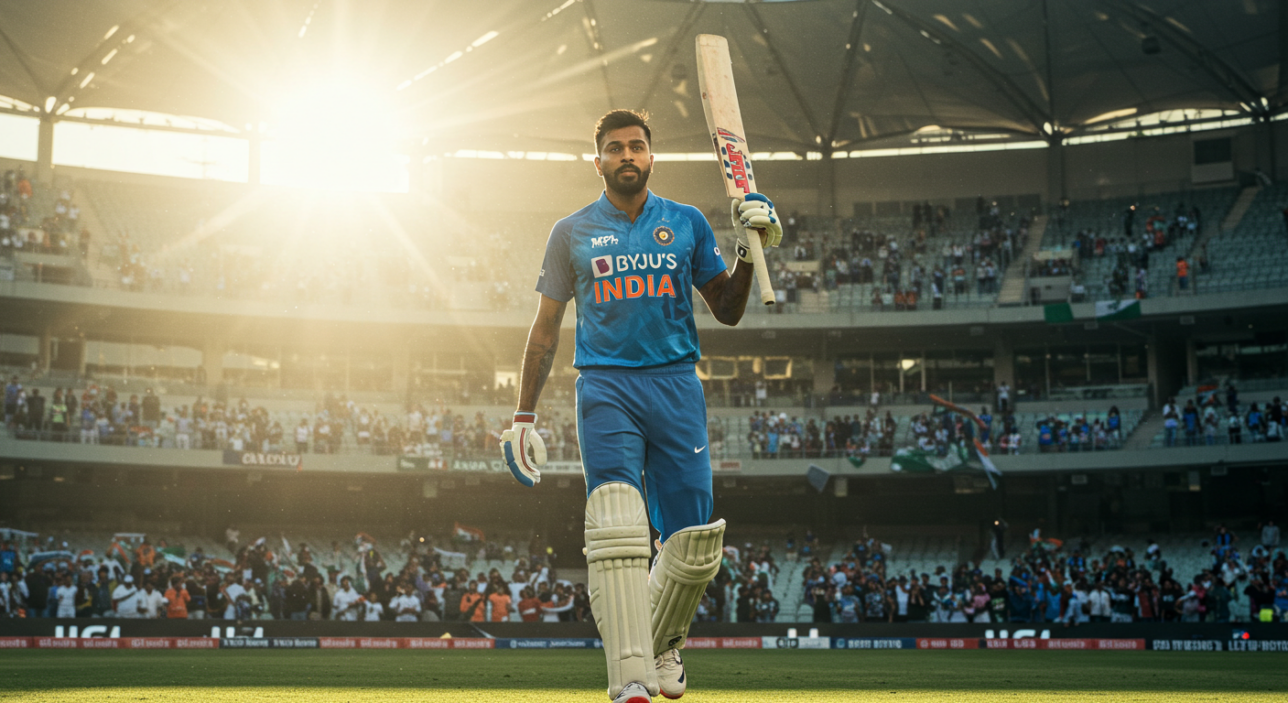
Post-IPL 2022, Pandya’s place in India’s white-ball setup was no longer debated. He returned not just as a player, but as a leader. In T20Is, he was now seen as the team’s on-field general — someone who could contribute in all three departments and support the captain tactically.
He adjusted his game based on situations. If a collapse had occurred, he rebuilt with calculated singles and strike rotation. If the platform was set, he switched gears instantly, targeting the death overs with power and placement. His batting had matured — no longer just muscle, but method.
With the ball, Pandya was economical and clever. He mixed seam-up deliveries with slower ones, often using the short ball as a surprise weapon. In high-pressure matches, he was frequently used to break partnerships or squeeze opposition momentum in the middle overs.
Off the field, he took more ownership of India’s approach, especially in T20s. He spoke about intent, fitness, and adaptability — all areas where he had personally improved.
By late 2022, Pandya had gone from a risky inclusion to a first-choice all-rounder and leadership option in India’s white-ball formats. His game had evolved — and so had the expectations around him.
Role in Major Tournaments and Big-Match Impact
Hardik Pandya’s contributions in global tournaments have highlighted his value under pressure. In the 2019 ICC World Cup, he played a crucial role with both bat and ball — scoring quick lower-order runs and delivering key overs, often in crunch moments.
In the 2022 T20 World Cup, he once again proved pivotal. Against Pakistan, he bowled four high-quality overs and took three important wickets. With the bat, he supported Virat Kohli in one of the most memorable T20I chases in history. His presence in the XI ensured flexibility — India could play an extra batter or bowler knowing Pandya offered balance.
His temperament in knockout games is another strength. While others panic, Pandya shows composure. He’s clear about his role and adapts quickly to match conditions. Whether it’s taking pace off the ball or launching a counterattack, he reads the situation well.
India’s performance in ICC events has often depended on big-game temperament — and Pandya remains one of the few who consistently brings that edge. He’s not a high-volume run-getter or a strike bowler, but his ability to deliver in decisive phases is unmatched in the current Indian setup.
The All-Rounder India Needed — and Still Needs
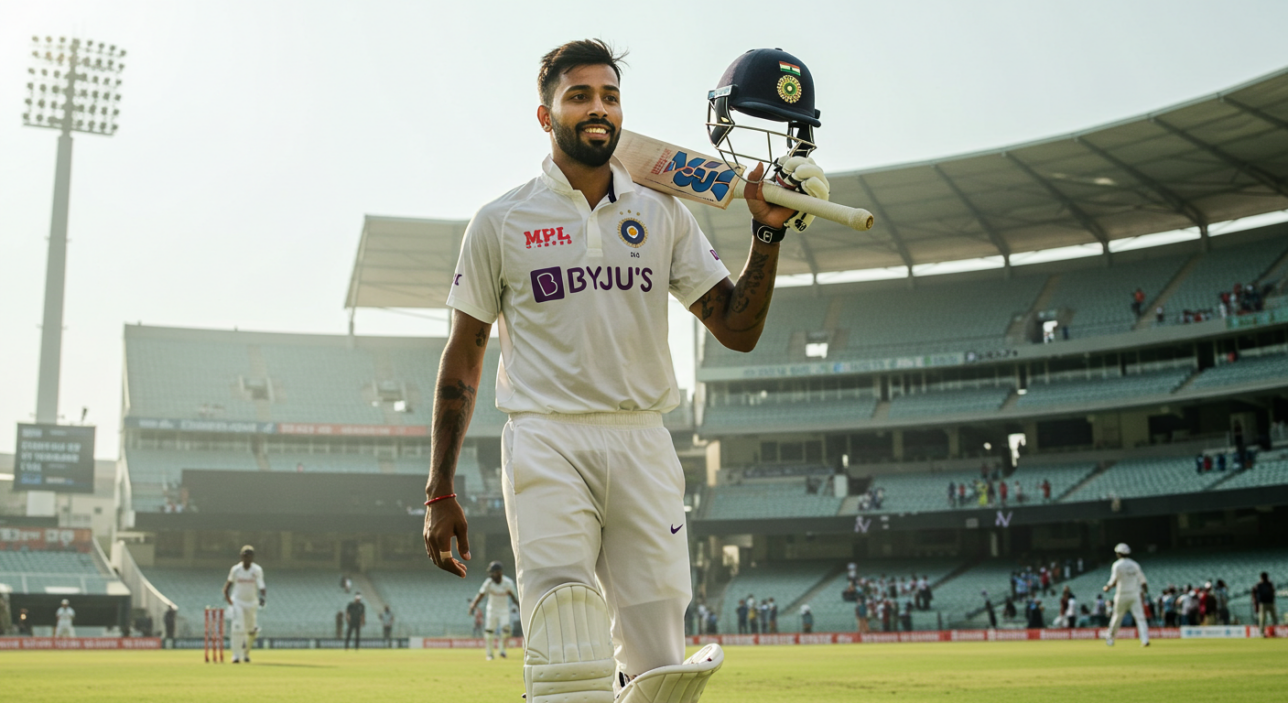
India’s white-ball team has always been full of specialists — elite batters and top-class bowlers. But for years, the side lacked a true seam-bowling all-rounder. Hardik Pandya has filled that gap and elevated the role beyond mere utility.
He’s not a bits-and-pieces cricketer. He’s a three-phase contributor — batting at the death, bowling in key overs, and fielding at elite level. Few in the global game match that profile. His evolution from flashy finisher to adaptable match-winner has allowed India to construct better-balanced teams.
What separates him from past all-rounders is his ability to influence outcomes across conditions. On flat decks, he can hit through the line. On slower pitches, he can bowl cutters and use angles. On fast tracks, he can push the ball past 140kph and hit short balls for six.
His leadership has also expanded his value. Whether as vice-captain or IPL skipper, he brings clarity and consistency. He’s no longer just a player India can use — he’s one they can build around.
Pandya’s fitness will always be a factor, but when available, he remains a first-choice selection in any limited-overs squad. India may develop new options, but for now, he’s still the all-rounder modern Indian cricket relies on.
Conclusion: Why Hardik Pandya Defines the Modern All-Rounder Role

Hardik Pandya has redefined what it means to be an all-rounder in Indian cricket. He offers more than a fifth bowling option or a lower-order slogger. He brings structure, power, and versatility to every team he plays in.
His rise hasn’t been without setbacks — injuries, form dips, and workload management have tested him. But through those phases, he’s rebuilt smarter. He’s become more measured as a batter, more efficient as a bowler, and more effective as a leader.
India’s white-ball success in the last five years owes much to his presence. From balancing team composition to delivering in tight games, Pandya remains central to strategy and execution. His three-dimensional contribution is rare in global cricket, let alone in an Indian context where such players have been historically scarce.
In a format where roles are getting increasingly specialised, Pandya stands out by offering more — not less. His evolution isn’t just personal progress; it reflects what modern cricket demands from elite all-rounders.
Hardik Pandya is no longer a promising talent. He is now the benchmark — and until someone offers more across departments, he remains India’s most explosive and complete all-rounder.





